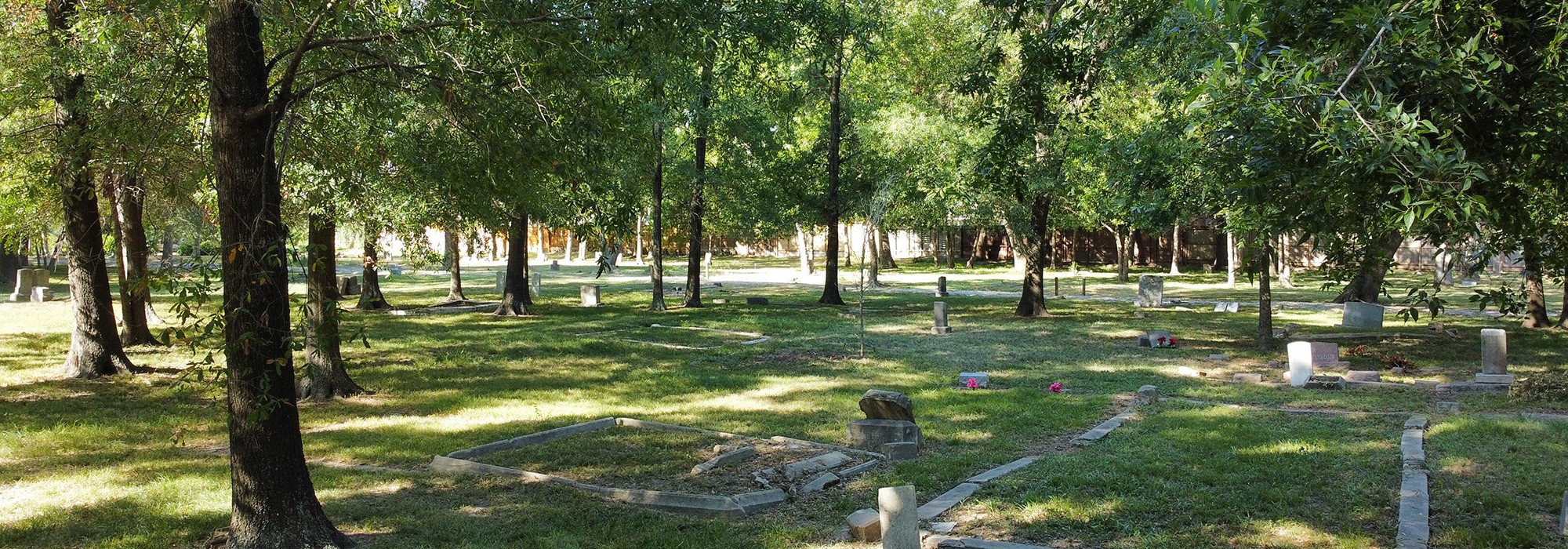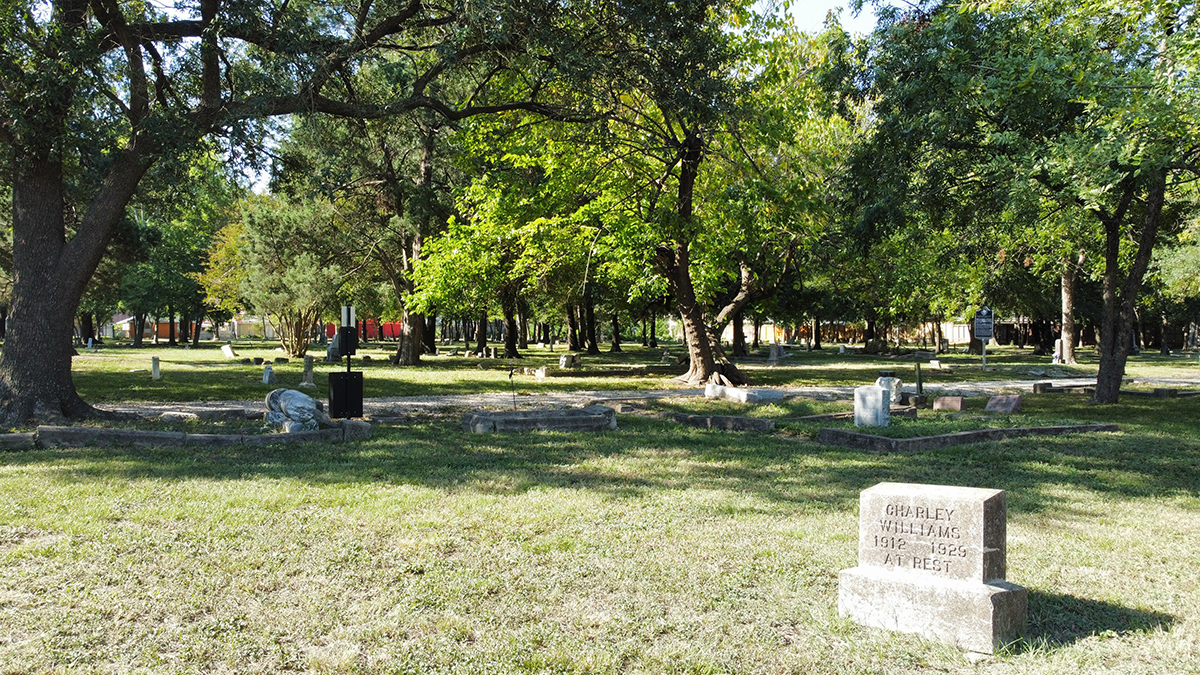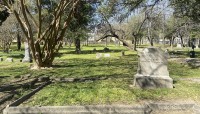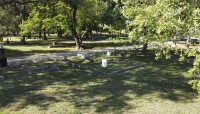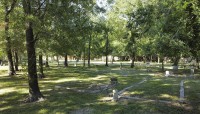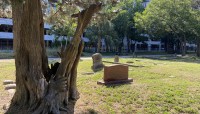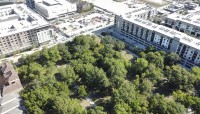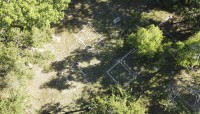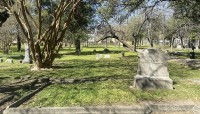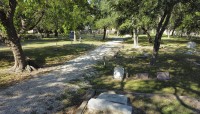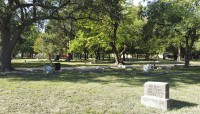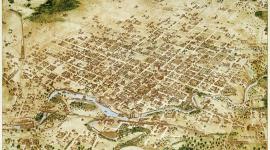Founded by white Houstonians in 1896 as a burial site for previously enslaved people living in the city’s Fourth Ward (Freedmen’s Town), this is one of Houston’s oldest African American cemeteries, along with Olivewood and Evergreen. Comprising nearly five acres along West Dallas Street, the cemetery contains over 4,000 graves, most dating between 1900 and 1940. Originally comprising over ten acres, the cemetery has been divided and erased over time as a result of property disputes, the encroachment of city utilities, and the selling of land to developers. In 1998, decades after the cemetery had fallen into disrepair, Bethel Missionary Baptist Church acquired the cemetery and revitalization efforts began. The cemetery contains numerous notable burials, including veterans of World War I and World War II, participants in the 1917 Camp Logan Riot, and leaders of Houston’s African American community, among them the Reverend John Henry (Jack) Yates (1828 –1897), who, born into slavery, moved to Houston post-Emancipation and occupied several leadership roles, including serving as first pastor of Antioch Missionary Church, establishing Bethel Missionary Baptist Church, and founding Houston’s Emancipation Park.
The cemetery is enclosed by brick-and-iron fencing. Following the West African tradition of placing water-related objects near gravesites, the main pedestrian path was originally paved with crushed seashells and informed the design of the current walkway. A 1896 plots plat indicates that the original pathway location remains. Today, the pedestrian path of sun-bleached, crushed seashells circulates visitors through a lawn dotted with gravestones and old-growth deciduous trees. Though burial plots were initially laid out in both east/west and north/south configurations, vandalism and lack of adequate maintenance have since rendered the grid illegible. Located just west of the city’s Midtown and south of Buffalo Bayou, the cemetery sits between townhouses and multi-family high rise developments. A new feature, the Ash Garden, sits in the southwestern corner of the cemetery. A circular grove of juniper and birch trees, the Ash Garden contains new plots for those who would like their cremated ashes interred on site.



